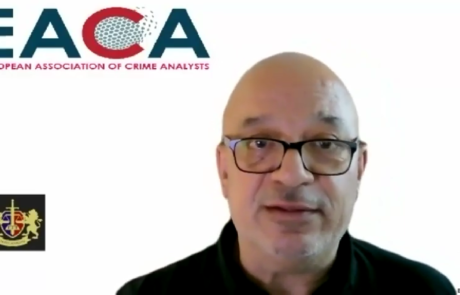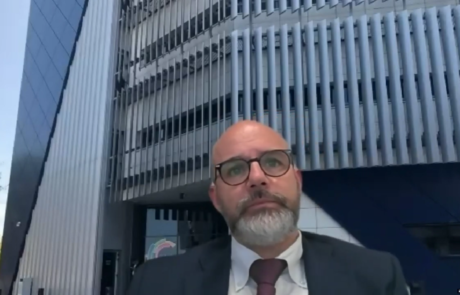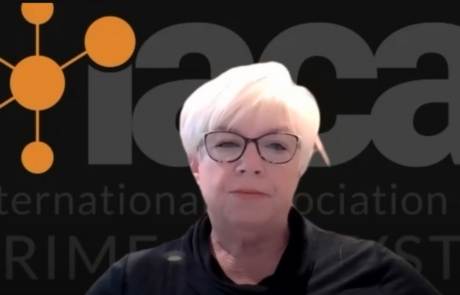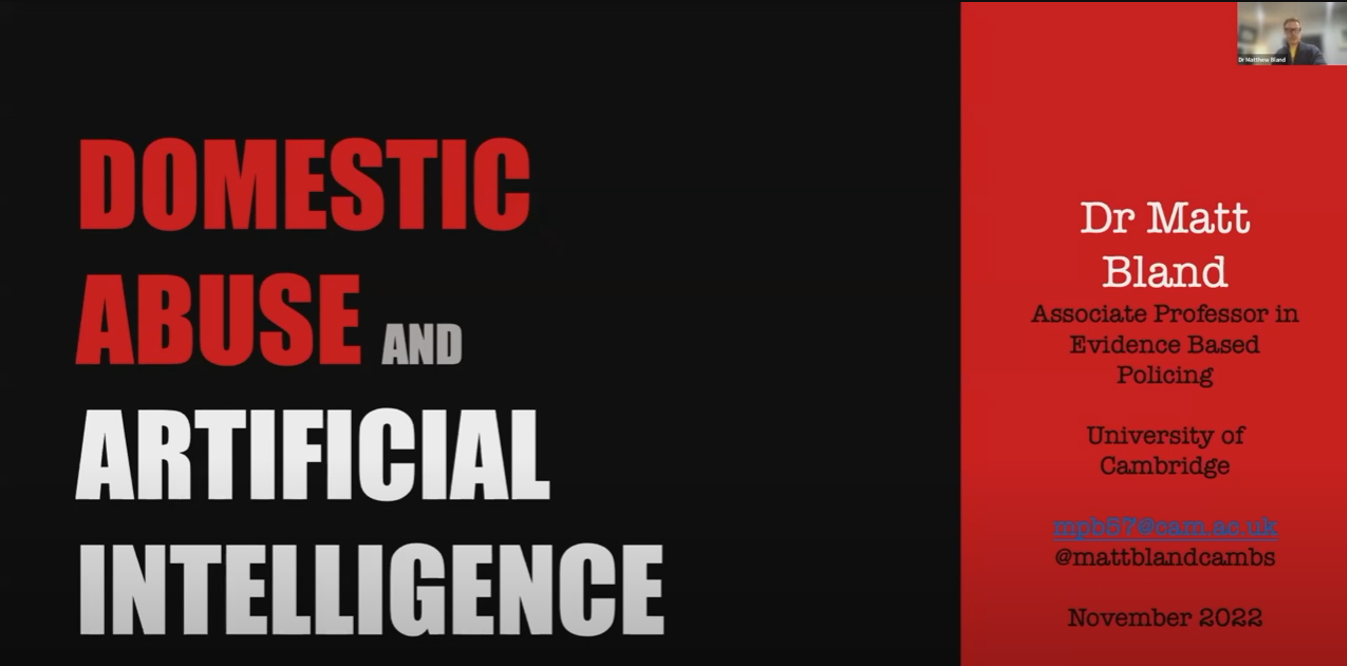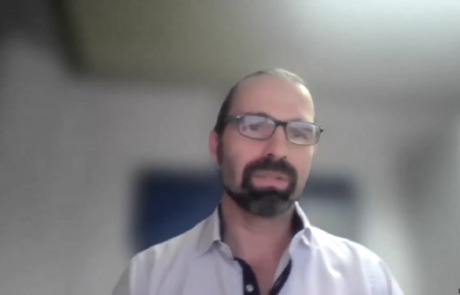On November 3, the inaugural event of the new European Association for Crime Analysts took place online. This is the first European association dedicated to Crime Analysis, a constantly growing topic that plays a remarkably important role in the police field, providing significant help in crime prevention and reduction by analysing criminal trends. EACA is a non-profit association whose purpose is to bring together and serve students, experts, and all those who work or would like to work in the future in the field of Crime Analysis, assisting them in teaching and networking.
The welcome was held by the Founder and President of EACA, Friedrich Steiner, Chief Inspector of the Austrian Federal Police. Since 2014 he has also been responsible for the annual training conference on Austrian crime analysis. Before passing the word to the guests of the event, Steiner presented the European Forensic Institute as an official partner of this outstanding association. Our Institute holds the role of Educational Institution of the EACA and in the future will host, as anticipated by President Steiner, several trainings in presence at the Malta Life Sciences Park. Having said this, Steiner turned it over to Andreas Melinato, Head of Institution, for a brief greeting.
Before the speakers’ speeches began, Steiner introduced Annie Mitchell, the current vice-president of the IACA, who, after a short greeting, introduced the association.
The keynote address was given by Rachel Boba Santos, co-director, Center for Police Practice, Policy, and Research, Professor of Criminal Justice, at Radford University, who gave a brief introduction on the central role of crime analysis in effective proactive police crime prevention and reduction strategies. After a rich overview of what concerns Crime Analysis, Santos has highlighted how Crime Analysis can intervene and help law enforcement with a study that looks not only at people but also at entire communities and places. Her speech also focused on a business model for crime analysis, which could facilitate crime reduction. Santos also mentioned one of her books dealing with Crime Analysis, a valid reference for those who intend to approach this field.
To follow, the speaker Matthew Bland, who was a crime analyst in UK policing for 15 years and now is a lecturer at the University of Cambridge. His speech focused on Domestic Abuse and Police Alghorithms. Bland narrated how crucial it is to observe and study the algorithms developed by the police for the behavioural study of offenders in order to understand if and when the same criminal behaviour could recur by the same subject. Indeed, he showed a graphic, result of a study on a group that shows how, out of a hundred people belonging to that group, there may be two who after a specific period (e.g. one, two or three years) commit the criminal activity again.
Joel Caplan, lecturer at Rutgers University, introduced a new product he invented, which is currently used all over the world: Risk Terrain Modeling. RTM diagnoses environmental conditions that lead to crime, telling you where the crime is happening and why. This product focuses on places. Its system is particularly useful when there is a need to understand how the surrounding environment influences criminal conduct, with consequent repetition of the crime several times in the same area. RTM allows you to effectively predict any other areas where problems could arise and this significantly helps in predicting crime. This program has been tested in 45 countries with brilliant results. To simplify the function of this program, it was also realized the software RTMDx. During the discussion, Caplan also presented the book Risk-Based Policing: Evidence-Based Crime Prevention with Big Data and Spatial Analytics, which discusses ways for police departments to use RTM.
Next, Steiner presented Mark Parkinson, Head of Analysis within the Intelligence Command of the Metropolitan Police Service in London, with responsibilities for Digital Intelligence and Specialist Crime. His speech entitled Current Challenges and Opportunities for Crime Analysts focused on multiple topics related to a branch of forensic science that is very current today: Digital Forensics. Parkinson mentioned how technology is advancing quicker, changing the habits of all of us, showing us, for example, how statistics aimed at studying how much time people spend on their social networks have evolved. Parkinson pointed out how users, with the advancement of technology, have increased the amount of data to be stored in their devices without even knowing where they are actually located and how this is precisely a task for investigators. Here Parkinson mentioned some features born in recent years that could make it difficult to find such data, naming the famous “End to End Encryption” and digital biometrics data.
As the last speaker, Steiner introduced Stefan Mayer, Senior Analyst with the Austrian Federal Police. His presentation focused on a murder case in Vienna on which he worked, greatly contributing to demonstrating the criminal activity carried out by the perpetrator and how he acted. Speaking of this case, Mayer presented the “Geotime” program, sponsor of EACA. The expert explained how by importing and combining numerous data related to the case such as videos, photographs, call detail records or cell phone extraction on Geotime, he was able to carry out a concrete analysis that then allowed him to understand the criminal intentions of the murderer and prove his guilt.
The event concluded with a Closing Address for thanks held by President Steiner, underlining his hope to see all EACA members again in upcoming events that will take place in our Institute.
Author: Gaia Gervasi, EFI Student
If you missed the event, the recording is available on the EFI YouTube channel.







